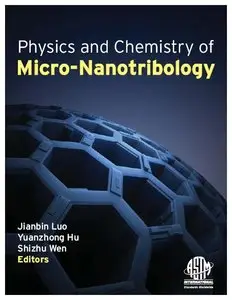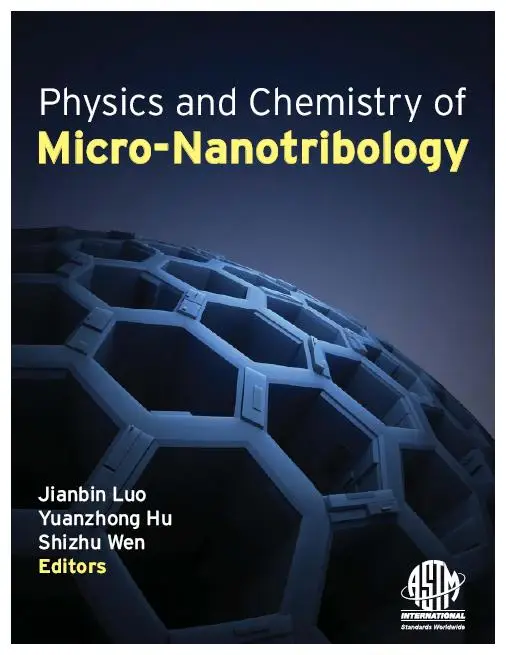Jianbin Luo, "Physics and Chemistry of Micro-Nanotribology"
English | 2008 | ISBN: 0803170068 | 273 pages | PDF | 7.29 MB
English | 2008 | ISBN: 0803170068 | 273 pages | PDF | 7.29 MB
Preface
The roots of micro/nanotribology can be found deep in conventional concepts of tribology. The recognition in
the last century of elasto-hydrodynamic lubrication EHL as the principal mode of fluid-film lubrication in
many machine components enabled reliable design procedures to be developed for both highly stressed and low
elastic modulus machine elements. Towards the end of the last century submicron film thicknesses were recognized
in many EHL applications. It is now being asked how EHL concepts can contribute to understanding
the behavior of even thinner lubricating films. The answer is to be found in the subject widely known as
micro/nanotribology.
As early as 1929 Tomlinson considered the origin of friction and the mechanism of energy dissipation in terms
of an independent oscillator model. This import ant approach provided the foundation for many present studies
of atomic scale friction. The rapid development of micro/nanotribology in recent decades is certainly a significant
and fascinating aspect of modern tribology. New scientific instruments, impressive modeling, and computer
simulations have contributed to the current fascination with nanotechnology.
A remarkable indication of these developments is evident in the boom of publications. Nevertheless, the knowledge
and understanding of micro/nanotribology remains incomplete, although several books related to the
subject have now been published. The interdisciplinary nature of tribology persists in studies of microscopic
scale tribology. Individual investigators contribute to specific aspects of the field as they help to develop
a general picture of the new field of micro/nanotribology, thus adding additional bricks to the house of truth.
The present book is written by authors whose backgrounds are mainly in mechan ical engineering. They present
individual contributions to the development of microscopic tribology, with significant effort being made to form
a bridge between fundamental studies and applications.
I am confident that readers in both academic and industrial sectors will find the text interesting and beneficial
to their understanding of an exciting aspect of modern tribology.
No Mirror(s) Please !!!



